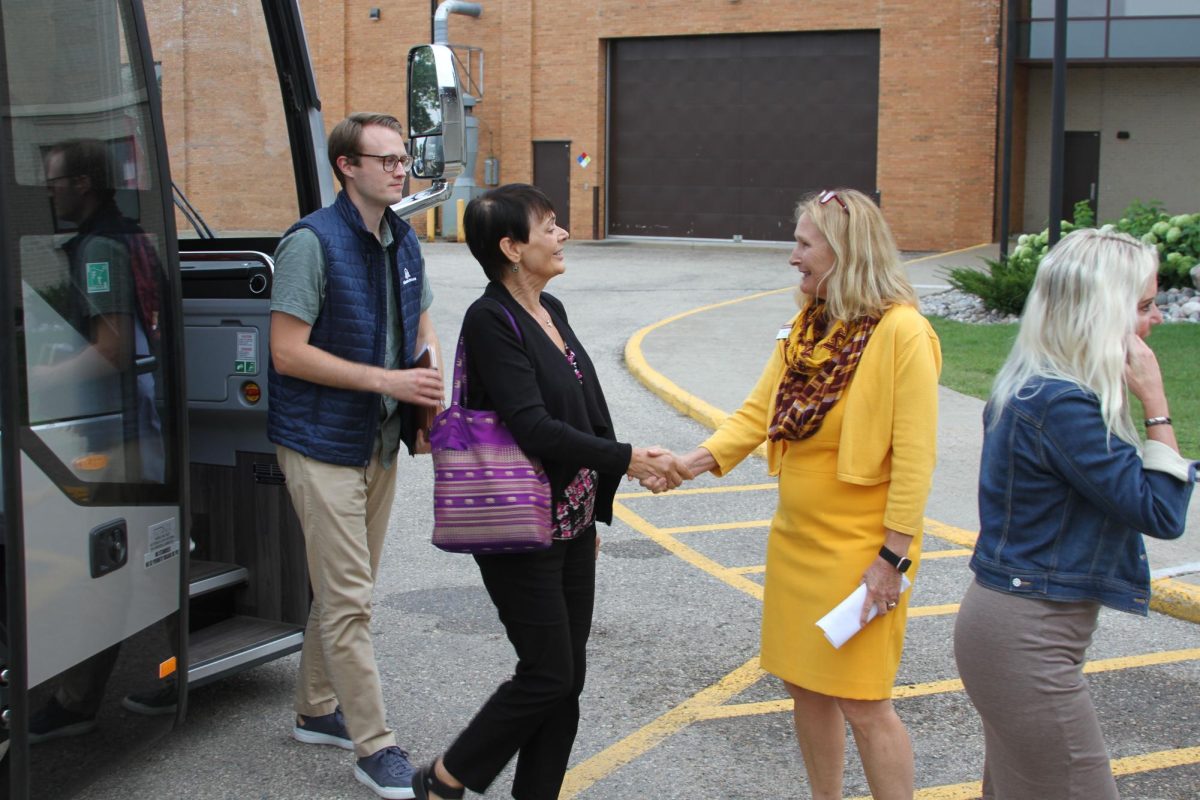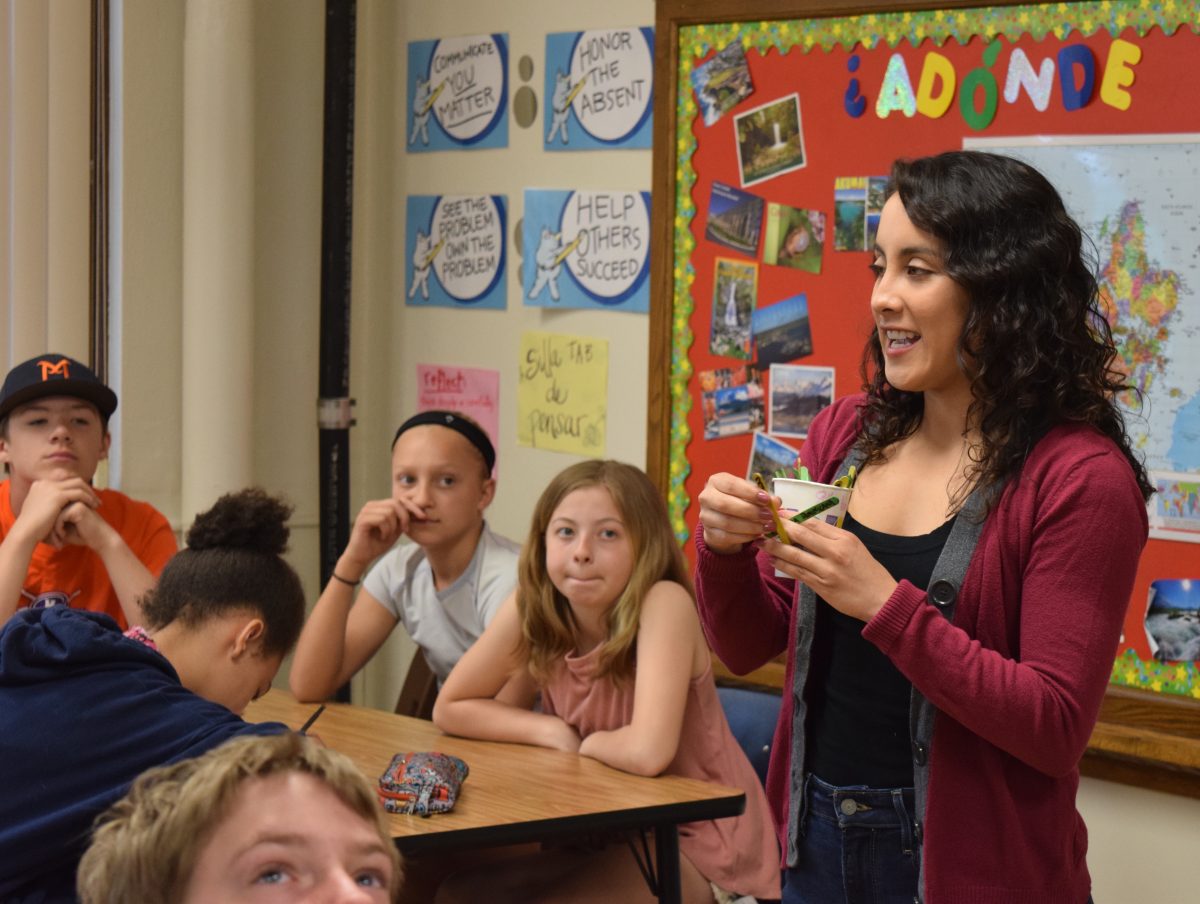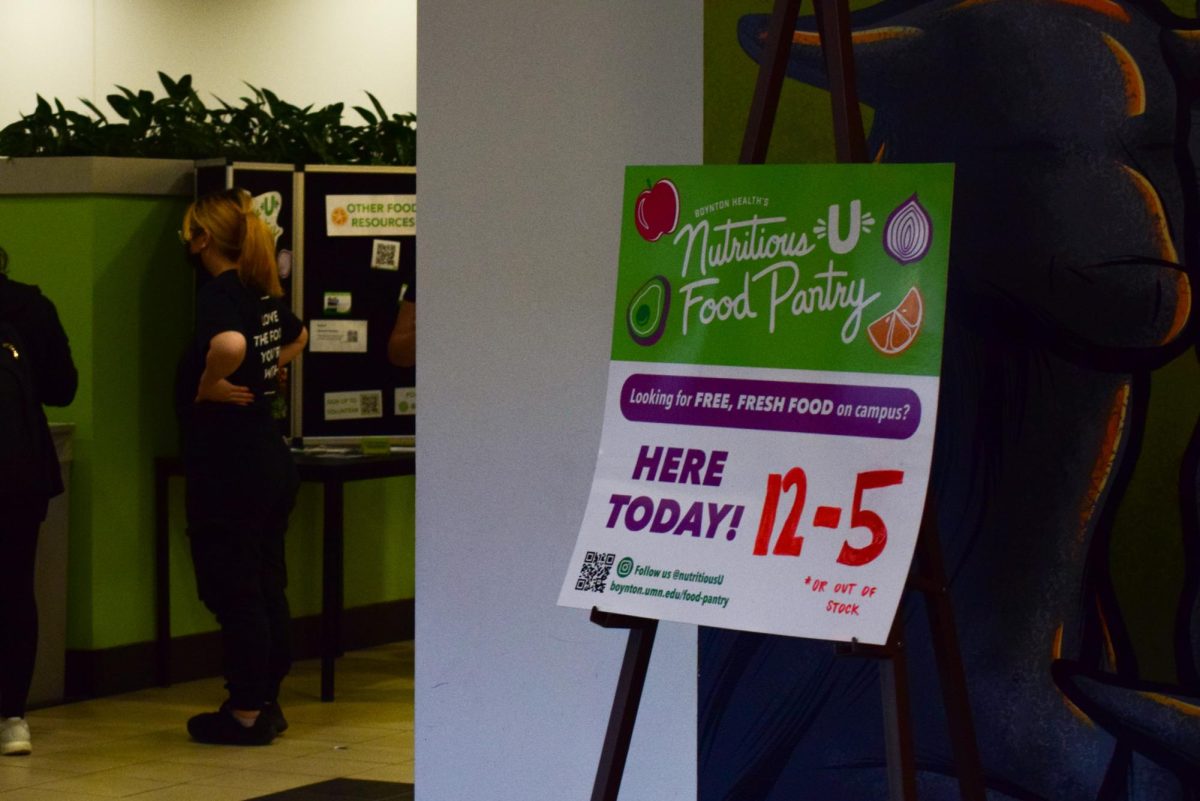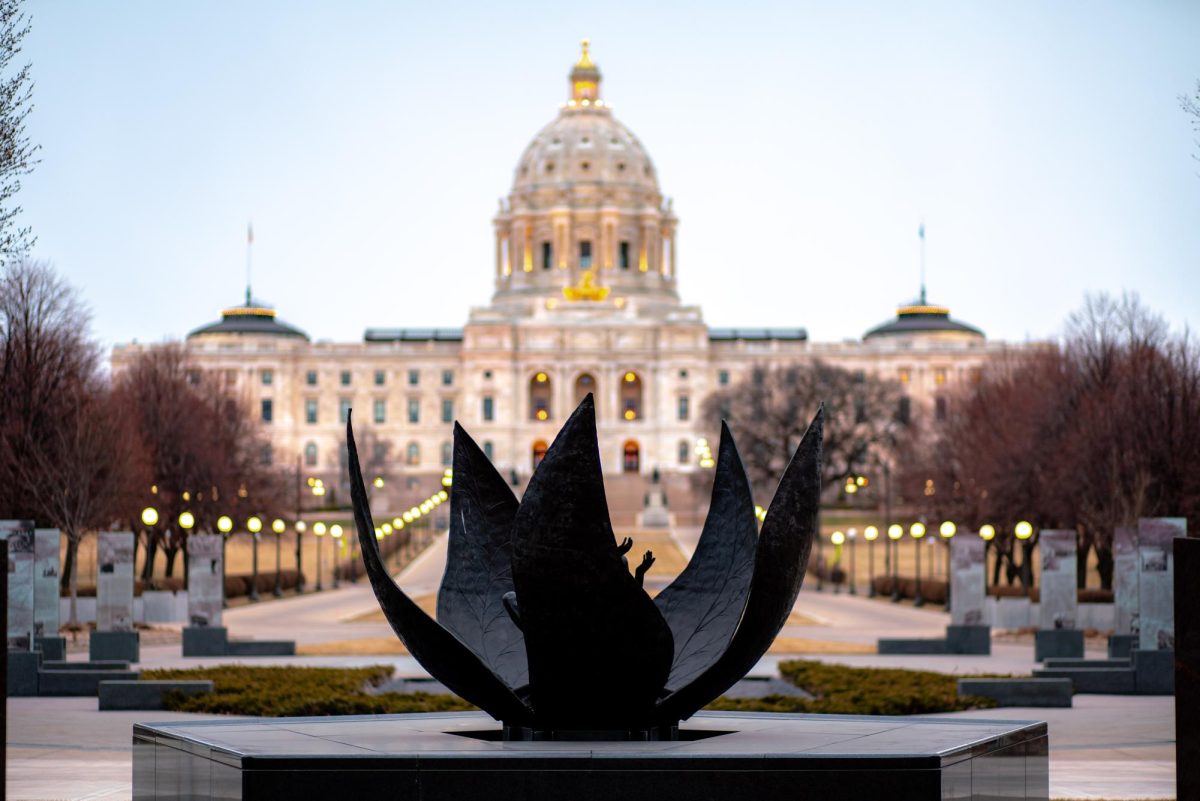A bill introduced Wednesday at the legislature would give funding requested by the University of Minnesota to repair infrastructure on structures on campus, like the Washington Avenue Bridge, Eddy Hall and the Food Science and Nutrition Building.
The Higher Education Asset Preservation and Replacement Bill (HEAPR) provides funding to the University to maintain and improve the current infrastructure and buildings on four of its campuses: Twin Cities, Crookston, Morris and Duluth. Rochester’s buildings are leased from an independent real estate company that maintains those buildings.
For this legislative session, the University Board of Regents requested $500 million to fund more than 150 projects across the University’s four campuses. Those projects include fire alarms, elevator repairs, air conditioning and improving accessibility.
Sen. Ann Rest (DFL-New Hope), author of the HEAPR bill, said the bill is imperative to ensure the University runs successfully.
“It is really what makes the university run and is the reason the U of M is the number one of the premier economic engines of our state,” Rest said.
Sen. Sandy Pappas (DFL-St. Paul) said in a statement the University is the heart of innovation in Minnesota and is the leader in fields from physics and education to agriculture and engineering.
“The students and faculty at the U deserve classrooms, research labs and campus infrastructure that reflect the excellence of their work, but the state has fallen behind in our duty to maintain those assets,” Pappas said. “I’m pleased that my colleague, Senator Ann Rest, is carrying a bill to remedy the situation.”
Vice President of University Services Alice Roberts-Davis also said it is very unlikely the University will receive all of the $500 million request. The amount will likely fall somewhere between the $103 million Gov. Tim Walz (DFL) recommended the state and the University’s request. Roberts-Davis used to serve in Walz’s cabinet before joining the University over the summer.
“The Twin Cities will get the vast majority of the bill. We’ll probably get about 70 percent of whatever allocation we get from the state government,” Roberts-Davis said. “Some will go to the research and outreach centers, some will go to Duluth, Crookston and Morris.”
Roberts-Davis said the University does facility assessments on each of the buildings and infrastructures on the four campuses regularly. There they will look at the heating, cooling, plumbing, electrical, mechanical and more of the building to determine the condition it is in and how it should be prioritized.
To estimate how much money each project and each campus will need, Roberts-Davis said the University uses a formula based on the number of buildings in need of repair and the condition and age of those buildings.
“That’s how we decide whether or not the building needs an upgrade or whether it’s a good condition, a fair condition, poor condition,” Roberts-Davis said.
With the funding it receives, the University will prioritize the Washington Avenue Bridge, Eddy Hall and the Food Science and Nutrition Building in St. Paul.
Raising the height of its railings and replacing the enclosure would be the goal of funding for the Washington Avenue Bridge, according to Roberts.
Eddy Hall has sat empty for nearly a decade but, with the appropriate funding, could be used for the College of Education and Human Development, according to Roberts. She added that the Food Science and Nutrition Building has abundant corporate partnerships but is dated and needs modernization.
“We’re just trying to be good stewards of all of the assets that the state has already invested in,” Roberts-Davis said. “These are buildings that the state owns and that we should prioritize ensuring that they are maintained for the next 100 years.”
Rest said it is important to take care of the University because it is one of the main centers for research and drives a huge percentage of the state’s economy. Rest added that HEAPR is a tool to repair University buildings, not create new ones.
“It’s cheaper for us to fix what we have than to demolish and rebuild them,” Rest said. “I think that exhibits a degree of stewardship for what we’re responsible for on behalf of the people of Minnesota. I think we’ve carried out that mission.”
Rest added that in the last five years, 90% of the project expenditures have gone back to Minnesota companies, including the University. In 2023, 94% of the funds appropriated through that bonding bill were already spent or promised to projects.
“The projects are here and they’re going forward,” Rest said. “That shows another degree of careful stewardship. Don’t ask for money you’re not going to spend.”
Rest said that although the University requested $500 million, that amount is not guaranteed, especially considering the decreasing budget surplus remaining from the last legislative session. Rest said last year, the University requested $200 million and received $43 million from the HEAPR bill.
“We had bipartisan cooperation and ingenuity and willingness to get the deal,” Rest said. “I am optimistic that we will get that again.”
Rest said the HEAPR bill is a sterling proposal because it is thoughtful, well planned and recognizes the needs of all University campuses, not just one.
“When you got a good product, it’s easy to sell, and I think the University is a good product,” Rest said.
Roberts-Davis said funding infrastructure is also about attracting talented students to the University by maintaining the tools and buildings we need to be successful.
“When we have dated facilities and laboratories that have not been updated or research facilities that are not as good as others, people have choices,” Roberts-Davis said. “We want to make sure that if they come from a state of the art, K-12 institution, that they look at the university as a step forward and not a step backward.”
Correction: A previous version of this story misrepresented the University’s process for assessing its facilities. The University conducts this process without an outside source. Additionally, the photo caption included the incorrect location of the summer bonding tour. Sen. Sandy Pappas visited the Crookston campus. Finally, this piece misidentified the fifth system campus. It is located in Morris, Minnesota.























Ken DeYoe
Mar 22, 2024 at 2:45 pm
I’ll be writing my state representatives to have them support this funding. Also, I’ll remind them with a 3.71B surplus, we can afford the entire 500M. Just hoping tuition is not increased!!